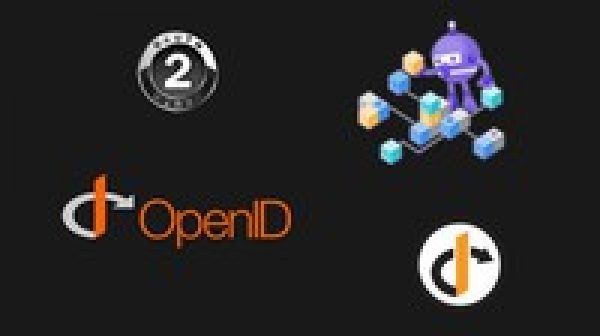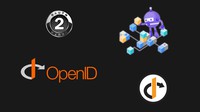
Building Microservices with .NET – Security and Identity
$89.99 $11.99Track price
You know the basics, but there are still many questions to answer: How will your users register and sign in to your system? How can your microservices protect themselves against unauthorized access? What permissions do your users have across the different microservices? Take your microservices architecture to the next level by adding a fundamental component: Security.
In this course you will standup a brand new microservice, the Identity microservice. This service will allow users to register and sign in to the system via the ASP.NET Core Identity membership system, as well as act as an authorization server and an OpenId provider thanks to its integration with IdentityServer. With that, all microservices will be protected using modern authorization protocols like OAuth 2.0 and OpenID Connect, the de–facto standards for securing microservices these days.
Here for some of the things you will learn in this course:
Create an Identity microservice
Scaffold user registration and login UI components via ASP.NET Core Identity
Stand up an authorization server and OpenID provider via IdentiyServer
Generate and use JSON Web Tokens in Postman
Implement authentication via OpenID Connect
Implement the OAuth 2.0 authorization code flow with PKCE
Secure your microservices with ASP.NET Core authentication and authorization
Use the .NET Secret Manager to store secrets during local development
Specification: Building Microservices with .NET – Security and Identity
|
4 reviews for Building Microservices with .NET – Security and Identity
Add a review Cancel reply
This site uses Akismet to reduce spam. Learn how your comment data is processed.

| Price | $11.99 |
|---|---|
| Provider | |
| Duration | 5.5 hours |
| Year | 2021 |
| Level | Beginner |
| Language | English |
| Certificate | Yes |
| Quizzes | No |

$89.99 $11.99






Yessenia –
This course is very interesting, it has information easy to understand and with very clear explanations in each topic…. 100% recommended to my colleagues and friends who are looking a optimal way to develop solutions with micro services.
Doni Junior –
What’s the next?
Elijah Naruson –
The course is great, though it misses information about storing claims and roles in the database
Micha Suliga –
The userid should be retrieved from the token, not passed declaratevely by authenticated user.